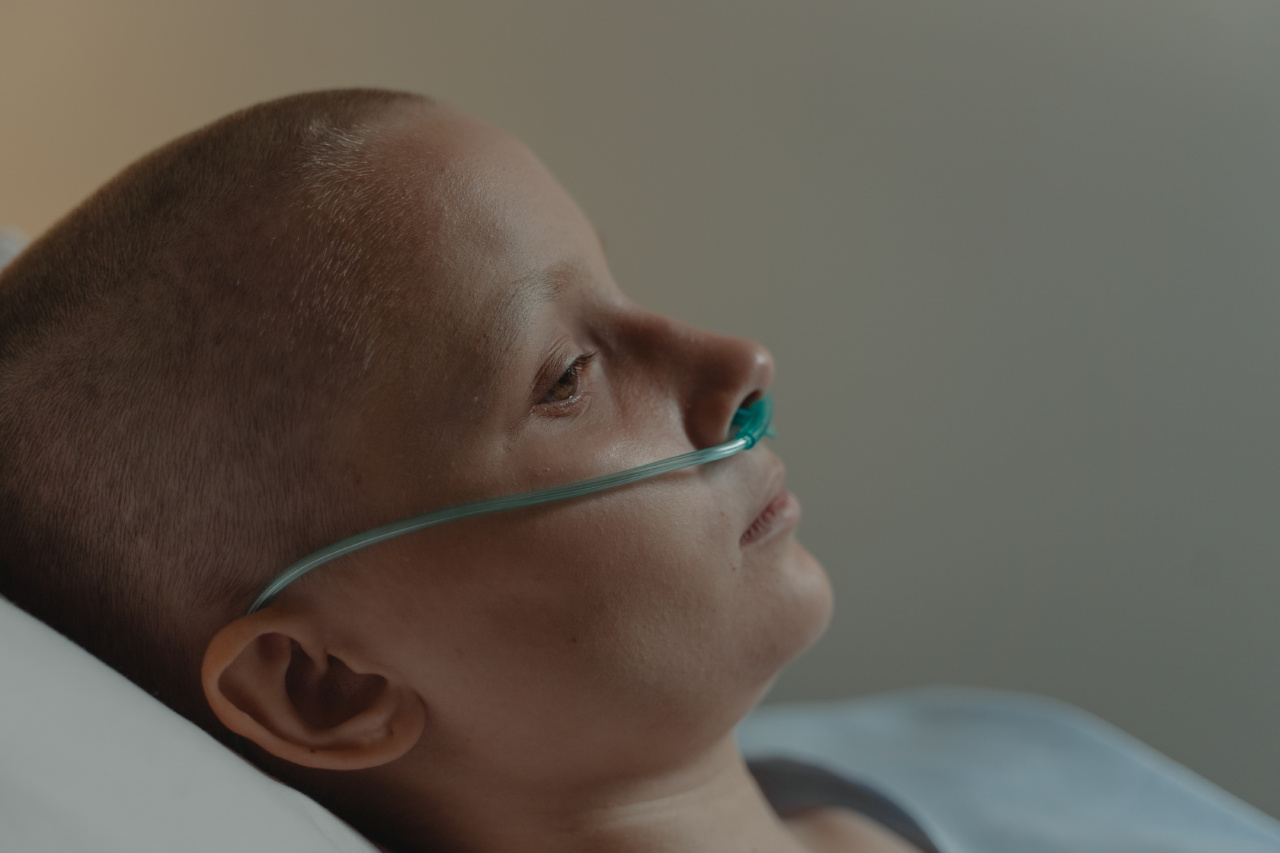Hemodialysis is a life-saving procedure that is critical for patients with kidney failure. Dialysis patients require a tremendous amount of care and support to ensure they live healthy, uninterrupted lives.
Unfortunately, many hemodialysis patients face significant challenges when it comes to the quality of the filters used in their treatments and staffing of their healthcare providers. This article delves into the struggles faced by hemodialysis patients and how these challenges can be addressed.
Poor Filters
The primary process of hemodialysis involves removing waste and excess water from a patient’s blood. This goal is achieved by drawing the blood out of the body and running it through a machine that filters out harmful substances.
The blood is then returned to the patient’s body through a tube connected to the machine.
The quality of the filters used plays a critical role in the effectiveness of the hemodialysis treatment. Poor filters can lead to the passing-through of impurities and other harmful substances, which can have adverse health effects on the patient.
This can be a particular problem for patients who require frequent dialysis sessions, as the build-up of substances over time can cause serious medical problems.
There is a need for more extensive quality control measures by health regulators to ensure that dialysis centers are using only the highest quality filters for their patients.
Additionally, patients should be made aware of the type of filters they will be using and their effectiveness when seeking treatment. This information can help patients make informed decisions about their care and, in turn, lead to better medical outcomes.
Staffing Issues
Hemodialysis patients require skilled healthcare providers to administer their treatments and monitor their progress. These healthcare providers include dialysis nurses, technicians, and doctors.
Each member of the healthcare team has crucial roles to play in making sure that patients receive the best possible care.
Unfortunately, many dialysis centers across the country face significant staffing issues. The shortage of trained nurses and technicians can lead to long wait times at dialysis centers, delayed treatments, and inadequate care.
The shortage of healthcare workers can also lead to burnout and increased turnover, further exacerbating the problem and impacting patient care negatively.
The solution to this staffing issue lies in increasing funding for training programs and expanding the number of healthcare professionals entering the field of nephrology.
By taking a proactive approach to addressing staffing shortages, dialysis centers can provide well-equipped medical teams to care for their patients. Additionally, improving working conditions and compensation for healthcare providers can help keep staff members motivated and reduce turnover.
The Importance of Regular Hemodialysis Treatments
Missing hemodialysis sessions can have serious consequences for patients. Dialysis patients can experience life-threatening health issues like infection, congestive heart failure, and electrolyte imbalance if they miss treatments.
Many patients struggle to keep up with their regular dialysis schedule due to a variety of factors, including transportation issues, inadequate staffing, and poor filter quality.
It is essential to provide reliable support and resources to patients to ensure they make it to their dialysis appointments. This support can involve transportation assistance, financial assistance, and effective staffing levels at dialysis centers.
By addressing these concerns, patients can stay on track with their treatments and prevent potentially life-threatening health problems from occurring.
Supporting Hemodialysis Patients
Hemodialysis patients require a great deal of love and support to make it through their treatments. Support can also involve addressing other concerns that patients may have around nutrition, medication, mental health, and overall well-being.
Dialysis centers can support their patients by employing staff members who are skilled in addressing these additional challenges and providing patients with resources to maintain their health.
Nutritionists and social workers can be especially helpful in ensuring that patients receive the support they need to thrive.
The Future of Hemodialysis
The future of hemodialysis lies in the continued development of new technology and treatments that deliver better health outcomes for patients.
Efforts are underway to create wearable hemodialysis machines that would allow patients to receive regular treatments at home – removing the need for frequent trips to dialysis centers.
The development of better filters for hemodialysis machines is also a critical area of focus.
Innovations in filter designs, materials, and manufacturing can lead to higher-quality filters that improve patient outcomes and lead to better overall health.
In conclusion, the struggle of hemodialysis patients is a significant issue across the country. The use of poor filters and inadequate staffing levels can lead to adverse outcomes for patients.
By increasing attention and resources to address these issues, dialysis centers can deliver better care to patients and increase their quality of life.































